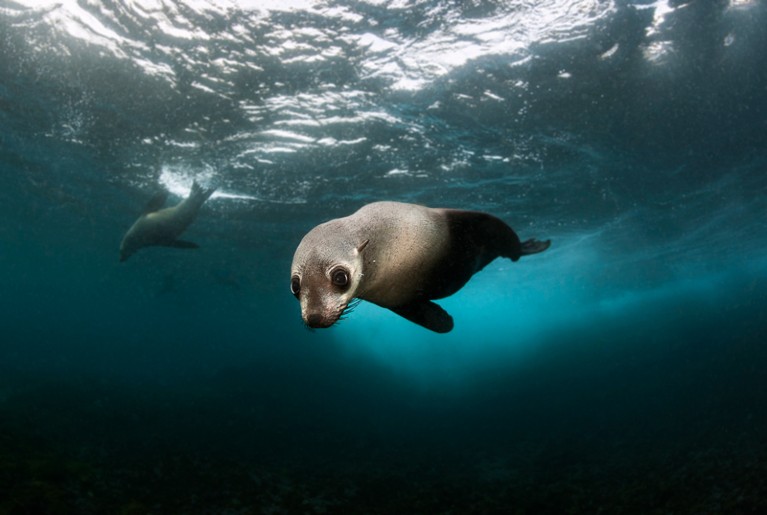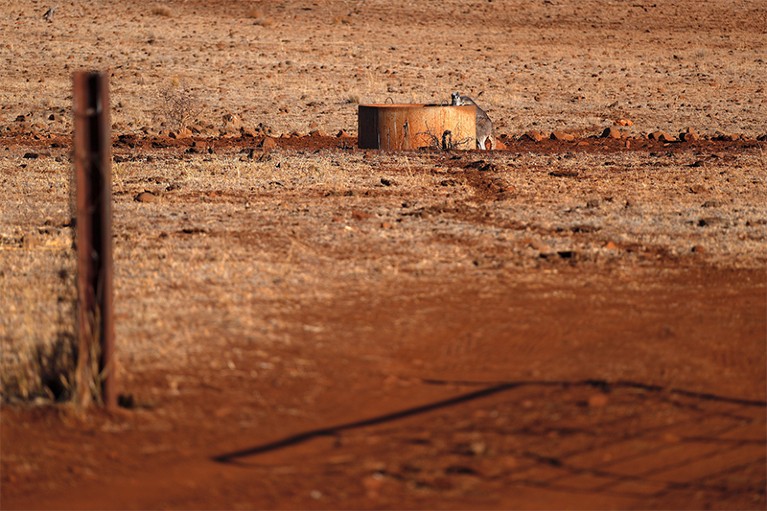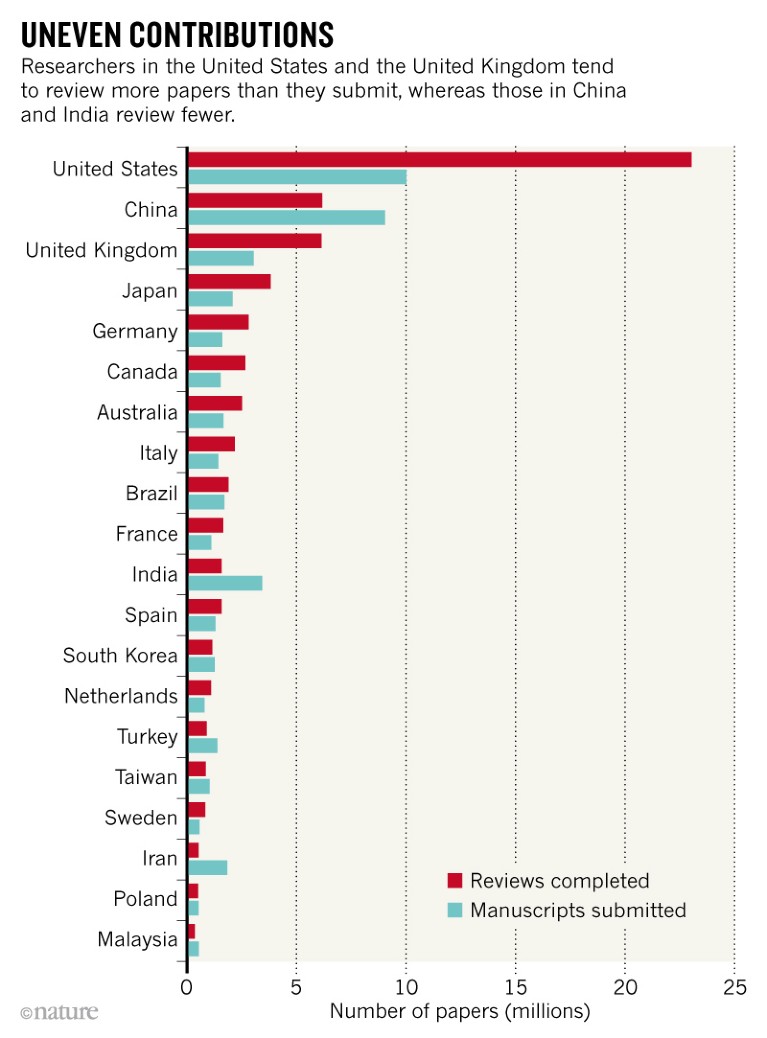RESEARCH
Australian fur-seal populations in decline Numbers of Australian fur-seal (Arctocephalus pusillus doriferus) pups have declined for the first time in more than three decades, according to a study published on 5 September (R. R. McIntosh et al. PLoS ONE 13, e0200253; 2018). Researchers compared the latest count, collected in 2013–14, with an overall trend in the population since monitoring began in 1986. Pup numbers roughly doubled between 1986 and 2002, to reach about 20,000 individuals. The population increased slightly between 2002 and 2007. But only 16,516 pups were recorded during a population-wide survey of colonies along the coasts of southeast Australia in 2013–14. This represents a decline of around 4% per year since 2007. There was some good news. Three new colonies were identified in 2013. The researchers suggest that overall pup numbers could be declining because some colonies are overcrowded and food availability was unusually low in 2013–14. But they also raised the concern that this could be the start of a sustained decline in Australian fur-seal numbers.

Australian fur-seal pups are in decline.Credit: Alastair Pollock Photography/Getty
Gene-therapy hope A therapy that edits genes directly in the human body might be safe, suggest early findings from the first trial to test the approach. Researchers from Sangamo Therapeutics in Richmond, California, designed enzymes to correct an error in the genome of people with a rare genetic disease called Hunter syndrome, who cannot break down some complex sugars. The scientists used a virus to deliver these gene-editing enzymes into the cells of patients. Sangamo presented the results on 5 September at the annual meeting of the Society for the Study of Inborn Errors of Metabolism in Athens, Greece. The data on the efficacy of the approach come from just 4 people enrolled in the study for 16 weeks. Although there are some signs that the treatment reduced levels of a biochemical marker used to assess the severity of Hunter syndrome, it is too soon to know whether the therapy worked.
Election security Paper ballots that can be tallied by hand are the most secure way to conduct an election, according to a report released on 6 September by the US National Academies of Sciences, Engineering, and Medicine. The analysis calls for all US elections to be conducted using such ballots by the 2020 presidential election. It comes after US intelligence agencies concluded that the Russian government backed attempts to infiltrate the United States’ election infrastructure during the 2016 presidential election. The report’s recommendations were developed by a committee whose members had experience ranging from computer science to officiating at elections.
SPACE
Exoplanet leads Astronomers are studying the first batch of possible planets spotted by NASA’s Transiting Exoplanet Survey Satellite (TESS), which hunts for worlds around nearby bright stars. The ‘TESS Objects of Interest’, released to other scientists for follow-up observations on 5 September, include 73 objects. Researchers think that 5–20% of them will probably turn out to be false alarms. Some of the objects are planets already known from ground-based searches. But others, if confirmed, will join the ranks of newly discovered exoplanets. TESS launched in April and began its two years of science operations in July. It is currently searching for planets in the southern sky; the latest results come from the first slice of that survey. See n for more.
EVENTS
CRISPR patents A fierce and unprecedented patent battle between two educational institutions might be nearing a close, after a US appeals court issued a decisive ruling on the rights to CRISPR–Cas9 gene editing. On 10 September, the US Court of Appeals for the Federal Circuit awarded the pivotal intellectual property to the Broad Institute in Cambridge, Massachusetts, upholding a previous decision by the US Patent and Trademark Office. The decision spells defeat for a team of inventors at the University of California, Berkeley, led by molecular biologist Jennifer Doudna.
ENVIRONMENT
Australian fires Large parts of southern Australia are facing a greater than usual risk of bush fires owing to drought conditions and above-average temperatures. The latest seasonal forecast predicts high risk levels for more than one-quarter of the eastern states of New South Wales (NSW) and Victoria, particularly coastline regions, from August until March. The entire state of NSW was declared to be in drought in July (pictured). This year’s rainfall figures for the state are among the lowest 10% recorded for more than a century. The states of Victoria, Queensland and South Australia have also all experienced lower-than-average rainfall. “We’re seeing moisture levels in the vegetation and soils that we haven’t seen this bad for 20 years or more,” says Richard Thornton, chief executive of the Bushfire and Natural Hazards CRC in East Melbourne, Australia, which publishes the bush-fire forecasts. Southern Australia has also experienced above-average daytime maximum temperatures for 22 consecutive years.

Drought in parts of Australia such as New South Wales is raising the likelihood of bush fires.Credit: David Gray/Reuters
PEOPLE
US science adviser Meteorologist Kelvin Droegemeier is one step closer to becoming director of the White House Office of Science and Technology Policy (OSTP) and science adviser to President Donald Trump. The Senate Committee on Commerce, Science, and Transportation voted unanimously on 5 September to approve Droegemeier. The scientist, whom Trump nominated on 31 July, now faces one last hurdle: a vote by the full Senate, which is expected to take place later this month. Droegemeier, an expert on extreme-weather events, recently stepped down as vice-president for research at the University of Oklahoma in Norman. He was a member of the National Science Board, which oversees the National Science Foundation, during the administrations of former presidents George W. Bush and Barack Obama. If confirmed, Droegemeier would be the first non-physicist to serve as White House science adviser since Congress established the OSTP in 1976.
FUNDING
Japan budget Japan’s science ministry has requested a budget increase of 21% for 2019, totalling ¥1.17 trillion (US$10.58 billion). Under the proposal, the country’s next-generation supercomputer, Post-K, which is under development at RIKEN in Kobe, would receive ¥20.6 billion, more than triple its 2018 budget. As Japan’s first exascale supercomputer, Post-K will be able to carry out a billion billion calculations per second. Spacecraft development and space science would receive ¥153 billion, a boost of more than 30%. The budget also earmarks ¥43.1 billion for the international Thirty Meter Telescope (TMT) — Japan is a member of the TMT consortium — which is awaiting approval for construction in Hawaii, and a feasibility study for the proposed next-generation neutrino detector, Hyper-Kamiokande. The budget is likely to be pared down before final government approval, expected in December; Japan’s cabinet is aiming to cut discretionary spending by 10%.
POLICY
Indian council India has a new science, technology and innovation council that will advise its prime minister. Geneticist Krishnaswamy VijayRaghavan, who is also principal scientific adviser to the government, will lead the council of nine members. The heads of 11 science departments will be ‘special invitees’ to the council. Unlike the country’s previous scientific advisory groups, the panel will go beyond having an advisory role to work with the government to develop and implement policies, VijayRaghavan told Nature. Its priorities include encouraging industry — historically averse to investing in scientific research — to collaborate with research institutions. It will also aim to make science and technology more inclusive by implementing programmes in both English and local languages.
TREND WATCH
Scientists in developed countries provide nearly three times as many peer reviews per paper submitted as researchers in emerging nations, according to the largest ever survey of the practice. The Global State of Peer Review report, published on 7 September, was undertaken by Publons, a website that helps academics to track their reviews and other contributions to journals. The authors used data from their survey of 11,000 researchers worldwide, conducted from May to July this year, as well as data from the Publons, Web of Science Core Collection and Scholar One Manuscripts databases. Although contributions to peer review from emerging economies are lower than those of developed countries, they are rising rapidly, says Andrew Preston, managing director of Publons, in London. “Peer reviews lag publication, so it will take a few years for emerging regions to catch up,” he says. They found that, in 2017, editors had to invite, on average, 2.4 scientists to find a reviewer — up from 1.9 invitations in 2013. The report also notes that finding willing peer reviewers is becoming harder, even as the overall volume of publications rises globally.

Source: R. R. McIntosh et al. PLoS ONE 13, e0200253 (2018).



